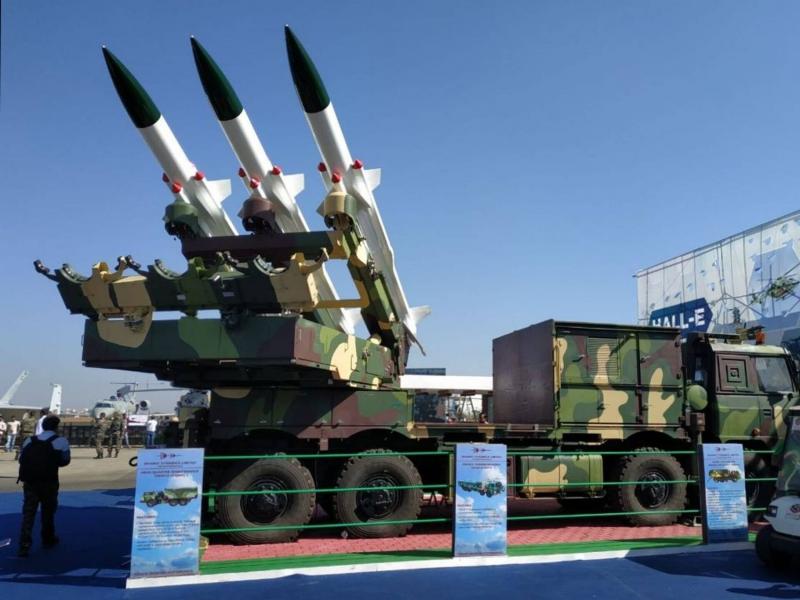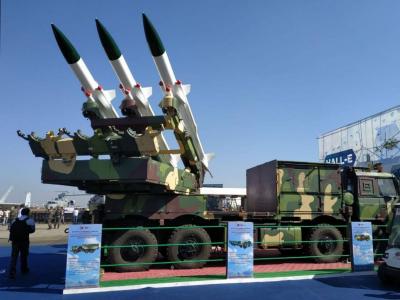The military capabilities of Hezbollah in Lebanon have seen significant development in recent years. Israeli media continually publish estimates and information about the party's arsenal, particularly regarding air defense. In 2021, the Hebrew newspaper "Jerusalem Post" reported that Hezbollah had deployed Russian-made air defense systems capable of countering Israeli air strikes in southern Lebanon and the Qalamoun mountains northwest of Damascus, near the Beqaa Valley. This was regarded by many reports as a change in Hezbollah's concept of air defense.
Hezbollah's defensive missiles have raised concerns among Israeli officials, fearing that the party's defense systems could hinder Israeli aerial operations within Lebanese airspace. This concern materialized on October 29, when Hezbollah announced it shot down an Israeli drone flying over southern Lebanon with a ground-to-air missile, marking the first instance where the party claimed to have downed a drone.
Hezbollah's defense system comprises short-range, low-altitude tactical ground-to-air missiles of the (SA-8) type. This mobile missile defense system includes large six-wheeled vehicles and enhanced launch platforms capable of carrying six missiles. It is supported by three radar systems: an (H-BAND) elliptical shape surveillance system with a range of up to 30 kilometers, a (J-BAND) pulse tracking radar with a maximum tracking range of around 20 kilometers, and an (I-BAND) guidance radar that can direct two missiles to a single target.
The defensive system also includes the (SA-17) air defense system equipped with medium-range ground-to-air missiles, a developed version of the mobile air defense system (Buk-M1). It contains four missile launchers, target acquisition radars, a guidance radar, a battle management station, and self-propelled launch vehicles. This system can engage a wide range of targets flying at altitudes between 10,000 and 24,000 meters, with a maximum range of up to 50 kilometers, and can engage up to 24 targets simultaneously from any direction.
Additionally, there is the short-range air defense system (SA-22) designed by Russia in the 1990s specifically to protect military and strategic targets. This system can engage a variety of aerial threats, such as aircraft, ballistic missiles, cruise missiles, and drones. It is equipped with approximately 12 ready-to-launch ground-to-air interceptor missiles and features a two-stage solid-fuel engine, reaching a maximum range of 20 kilometers.




